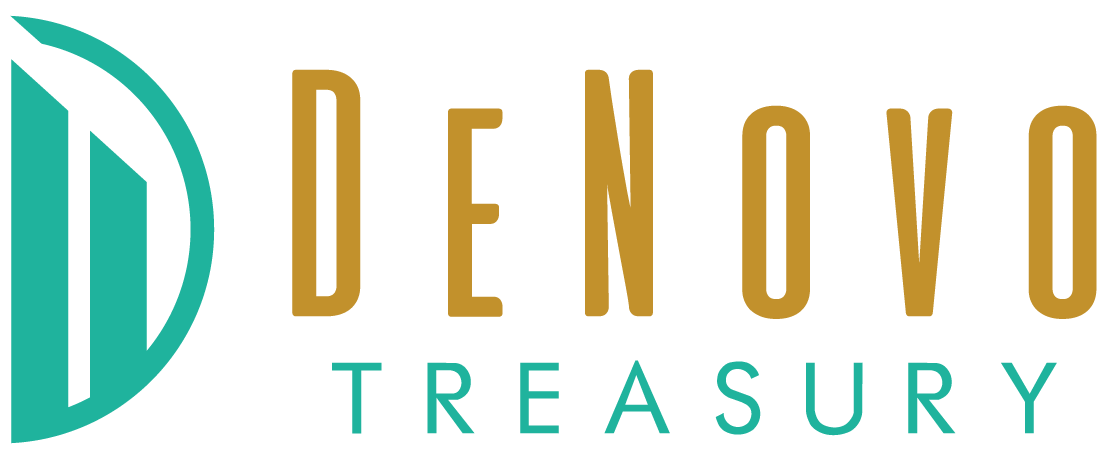Manual Treasury Management processes appear cost-effective on the surface—no software licenses, no implementation fees, no training requirements. However, the true cost of manual operations extends far beyond visible expenses to include opportunity costs, risk exposure, and operational inefficiencies that compound over time.
The hidden nature of these costs makes them particularly dangerous for CFIs. While automation investments require upfront capital and clear budget allocation, manual process costs accumulate gradually and often remain invisible until they create operational crises or competitive disadvantages.
The Time Multiplication Effect
Manual Treasury Management processes consume exponentially more time as transaction volumes and complexity increase. A reconciliation process that takes thirty minutes for small volumes might require hours when transaction counts double, creating operational bottlenecks that impact other business functions.
Staff time represents your most expensive Treasury Management resource. When experienced professionals spend hours on manual data entry and reconciliation, they cannot focus on strategic analysis, relationship management, or process improvement initiatives that drive business value.
Error Costs in Treasury Management
Manual processes introduce human error into critical Treasury Management functions. These errors create cascading problems that require additional time to identify, investigate, and correct, while potentially impacting customer relationships and regulatory compliance.
The cost of correcting Treasury Management errors often exceeds the cost of preventing them through automation. Consider the staff time required to research discrepancies, the potential impact on customer relationships, and the regulatory implications of reporting inaccuracies.
Scalability Limitations
Manual Treasury Management operations hit scalability walls that force CFIs to choose between hiring additional staff or limiting business growth. These limitations become particularly problematic during periods of rapid expansion or increased regulatory requirements.
Automation scales with your business growth without proportional increases in operational costs. Systems that handle current transaction volumes can typically accommodate significant growth without requiring additional staff or creating operational bottlenecks.
Compliance and Audit Costs
Manual Treasury Management processes create compliance challenges that increase audit preparation time and regulatory risk exposure. Auditors require clear documentation and audit trails that manual processes often cannot provide efficiently.
Automated systems generate comprehensive audit trails and compliance reports that reduce both preparation time and regulatory risk. The time savings during audit periods alone often justify automation investments for many CFIs.
The Automation ROI Reality
Treasury Management automation typically pays for itself within the first year through reduced labor costs, improved accuracy, and enhanced operational efficiency. The return on investment accelerates as automated systems enable staff to focus on higher-value activities.
Calculate your automation ROI based on current manual process costs rather than just comparing software licensing fees. Include staff time, error correction costs, compliance preparation, and the opportunity cost of delayed strategic initiatives in your analysis.
Implementation Investment vs. Ongoing Savings
While automation requires upfront investment in software, training, and implementation services, these one-time costs should be compared against the ongoing expense of manual operations that continue indefinitely without improvement.
Successful CFIs view Treasury Management automation as infrastructure investment rather than expense. Like other infrastructure improvements, automation provides ongoing operational benefits that compound over time while reducing long-term operational costs.
The Treasury Management Innovation Labs webinar series explores proven strategies for adopting AI and automation in community financial institutions. Join us this November to learn more and get access to exclusive bonus materials and content.


